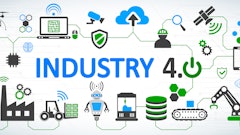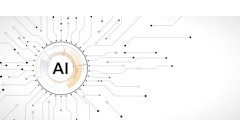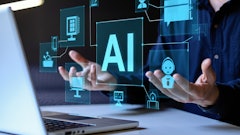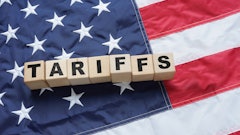
If the last few years have taught the supply chain little else, it’s the importance of agility. Prolonged volatility in 2024 posed significant challenges for global manufacturing. U.S. manufacturing has faced contraction since the fall of 2022, with declining orders, reduced production, and rising input costs month over month. The Eurozone has experienced persistent inflation and the ongoing threat of recession.
According to the 2025 Pricing for Profitable Growth Outlook, nearly all (96%) manufacturing leaders are highly confident in their ability to respond to further economic change in 2025. Yet,79% are deeply concerned about the speed at which they can respond to fluctuating costs and market forces with price changes.
Automation and AI are crucial for pricing agility, yet manufacturers are still catching up. This year, their biggest pricing challenge is AI.
Navigate Volatility with Pricing Agility
Agile pricing strategies allow organizations to quickly respond to changes in demand, competition, and supply chain disruption. Because the only thing constant in the market in recent years has been change, pricing agility is table stakes. To execute effectively, manufacturers need market insights, buyer knowledge, and the ability to adjust pricing in real time.
Manufacturers today set prices by prioritizing a customer’s perceived value of a product, or a value-based pricing strategy. They also rely on market-based pricing strategies that are informed by broader trends. But compiling and analyzing customer and market data and scaling it across multiple product lines and geographies is nearly impossible in a spreadsheet. Pricing professionals rely on the support of automation and AI to execute accurately and quickly.
Key to Profitability: Automation and AI
C-suite leaders understand that software is required for agile execution of profitable pricing strategies, and most have made significant progress in automating scalability across their business units. Approximately half have fully integrated instances for setting prices (49%), formulating guidance (49%), and providing product suggestions and context to the sales team (51%).
But the same can’t be said for AI. For the next 12 months, AI is identified as the top challenge for manufacturers.
Today, 41% of manufacturers use AI in their current systems to some level. Fewer (26%) use AI to streamline price management operations, increase efficiency, and boost profitability. Those that use AI say it’s for pricing process improvement (50%) more so than pricing intelligence (28%).
To achieve profitable growth in 2025, manufacturers must embrace automation and AI. Here’s how it can help.
How to Price and Sell with AI
AI powers effective pricing and selling strategies by simplifying and speeding up processes and delivering actionable insights. It can quickly institute price changes based on pre-set rules at scale, with little manual intervention required, for example. AI-fueled intelligence can also help pricing professionals make timely, granular guidance and manage exceptions with minimal manual effort. Current use cases include:
- Automated data analysis: AI can process and analyze vast amounts of data from various sources—such as sales transactions, contracts, and invoices—to identify variances and quantify their causes and effects.
- Diagnostic analytics: Within incentive programs, AI algorithms can detect situations where customers are getting large-volume discounts despite medium- or even small-volume purchasing levels. These customers can be flagged for further review and validation. Account managers could be alerted at the next contract renewal.
- Anomaly detection: AI is useful for analyzing sales data to detect unusual discounting patterns, changes in revenue, or order frequency that may indicate imminent account churn or defections.
- Predictive analytics: Using historical and commercial telemetry data, AI can help predict which customers are at risk of decreasing their spending or churning completely.
The importance of pricing agility in 2025 can’t be understated. Continuously gleaning insights into buyers, the market, and competitors and aligning that with company goals and an ability to execute quickly is a growing job. More than half of manufacturers (56%) with 500+ employees have 11-20 people working on price, and 93% plan to recruit more people in 2025. The top skills they look for are AI and price management.
4 Ways to Get Started
Here’s how pricing leaders can prepare for AI-driven price optimization strategies:
- See the opportunity. Recognize the disruption AI is creating and treat it as an opportunity — your customers and competitors certainly are. It may not be an opportunity for you yet, but that’s what you need to examine: who will this benefit and how? How might this change the dynamics in your organization and across your partnerships?
- Understand the capabilities. Become proficient in *applied* AI. This doesn’t mean know the nuances of building complex models or data science techniques yourself. Instead, understand the capabilities – and the limits – of AI and machine learning.
- Ask questions. Learn how your vendors and prospective vendors use AI in their solutions and to what end. Are the outputs clear, explainable, and reliable?
- Reimagine your business model. Study how AI might change the fundamental business models in your industry. Could new insights change how customers purchase goods & services or alter the competitive landscape? How will the supply chain be altered? Data insights fuel new value-added services and revenue opportunities.
Manufacturers remain cautiously optimistic about 2025 and are preparing for better economic times. Key to that preparation is implementing AI across their pricing strategies. This is how they will respond with agility to whatever change may be on the horizon.


















